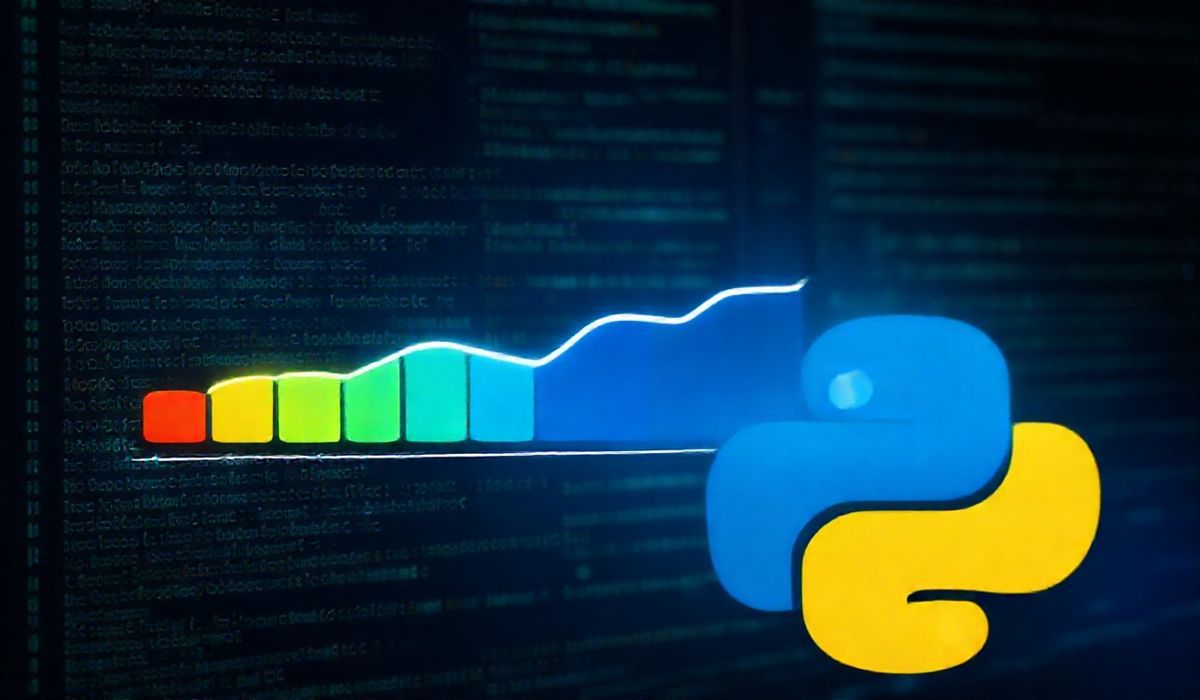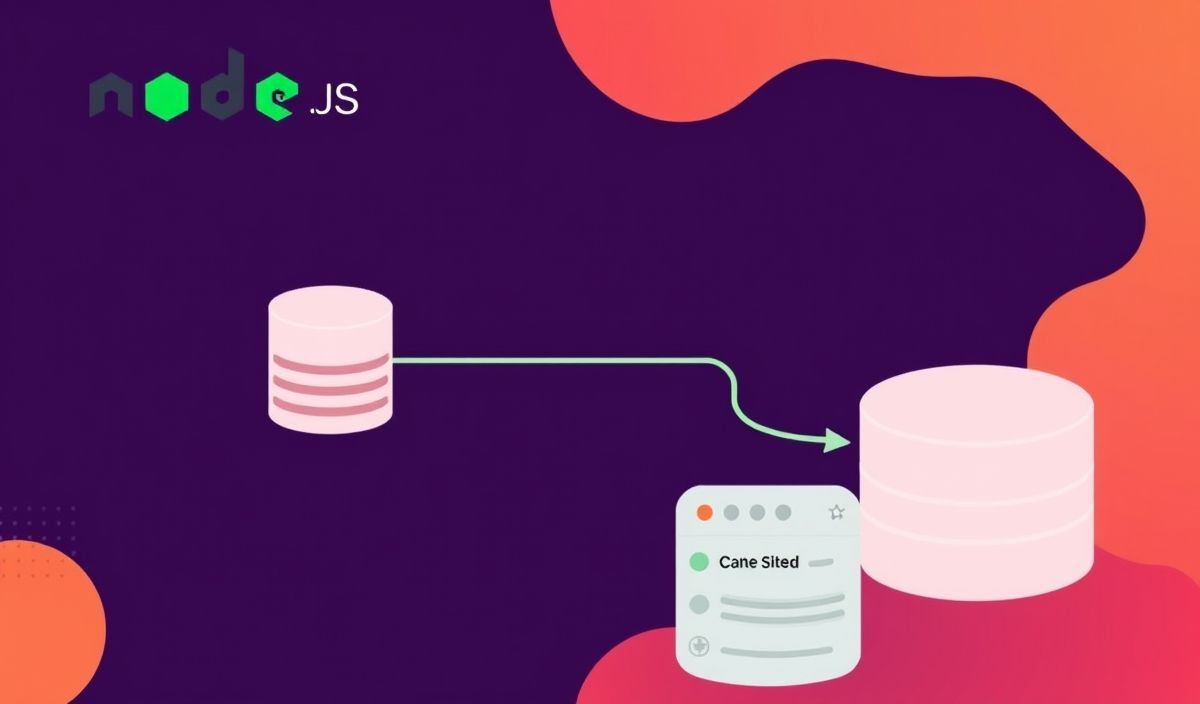Boost Your Python Productivity with tqdm
tqdm is a fast, extensible, and user-friendly library for adding progress bars to your Python code. It doesn’t just provide a progress bar but comes with a multitude of helpful APIs to enhance your coding experience. Whether you’re processing large datasets or building complex apps, tqdm has you covered.
What is tqdm?
In Arabic, “tqdm” stands for “progress”. It’s widely used in Python for creating progress bars for loops and iterative operations. It integrates beautifully with loops, lists, iterators, and even pandas, allowing you to track progress effortlessly.
Dozens of Useful tqdm API Examples
Basic Progress Bar
Here’s how you can add a basic progress bar to a for-loop:
from tqdm import tqdm
import time
for i in tqdm(range(10)):
time.sleep(0.5) # Simulate a task
Customizing the Progress Bar
Add a custom description and progress percentage:
for i in tqdm(range(10), desc="Processing", unit="%"):
time.sleep(0.5)
Working with Iterables and Generators
tqdm seamlessly integrates with Python iterables:
my_list = [1, 2, 3, 4, 5]
for item in tqdm(my_list, desc="Iterating"):
time.sleep(0.3)
Integrating with pandas
Track progress while applying functions to pandas dataframes:
import pandas as pd
from tqdm import tqdm
from tqdm.contrib import pandas
# Register tqdm with pandas
tqdm.pandas()
df = pd.DataFrame({'col1': range(5)})
df['col2'] = df['col1'].progress_apply(lambda x: x * 2)
Parallel Processing with ThreadPoolExecutor
Integrate with concurrent features:
from concurrent.futures import ThreadPoolExecutor
from tqdm import tqdm
import time
def task(x):
time.sleep(0.5)
return x**2
data = [1, 2, 3, 4, 5]
with ThreadPoolExecutor() as executor:
results = list(tqdm(executor.map(task, data), total=len(data), desc="Parallel Task"))
Nested Progress Bars
Handle nested loops with tqdm:
for i in tqdm(range(3), desc="Outer Loop"):
for j in tqdm(range(5), desc="Inner Loop", leave=False):
time.sleep(0.3)
Total Progress Over Manual Iteration
Manually update progress:
with tqdm(total=100) as pbar:
for i in range(10):
time.sleep(0.2)
pbar.update(10)
Rich Text Styling
tqdm allows you to stylize progress bars with Unicode and color:
for i in tqdm(range(10), desc="🚀 Launching Operations", ascii=" █"):
time.sleep(0.4)
Building an App Example with tqdm
A CLI Progress Tracker App
Let’s build a command-line application that simulates downloading multiple files:
import time
from tqdm import tqdm
def download_file(file_name):
for _ in tqdm(range(100), desc=f"Downloading {file_name}", unit="blocks"):
time.sleep(0.02)
def main():
files = ["file1.zip", "file2.mp4", "file3.jpg"]
for file in files:
download_file(file)
if __name__ == "__main__":
main()
Run the application to see tqdm in action for handling multiple tasks in sequence, complete with descriptive labels for each file.
Why Use tqdm in Your Projects?
With its extensive API surface, tqdm makes monitoring long-running tasks simple and visually appealing. It’s customizable, extensible, and integrates seamlessly with Python’s ecosystem.
Conclusion
Start using tqdm in your next Python projects to simplify progress tracking and enhance user experience. Happy coding!




